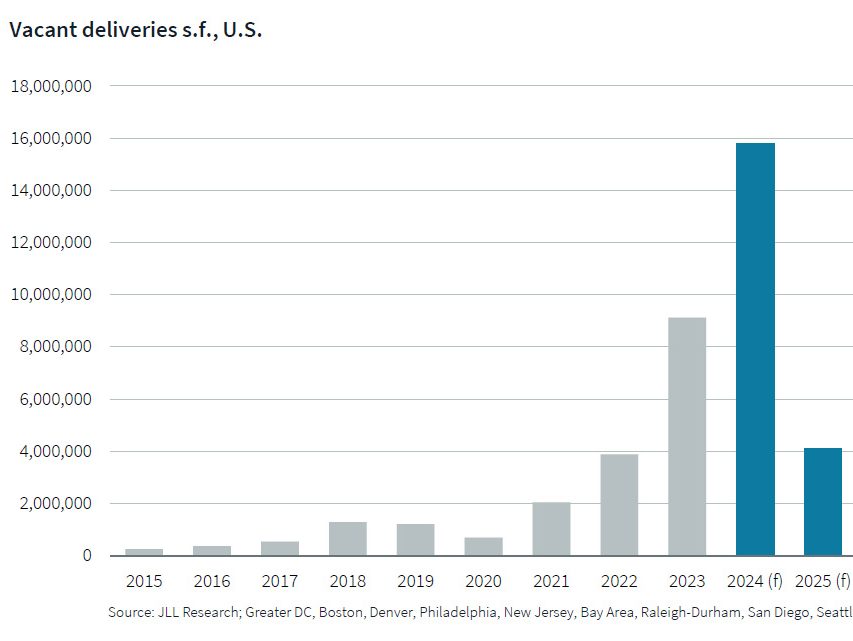Economy Watch: Existing Home Sales Down
Existing-home sales dropped in March by 2.6 percent to an annualized rate of 4.5 million units. The Leading Economic Index rose by 0.3 percent in the same timeframe, despite weak data on jobs. And unemployment claims fell slightly, notching 2,000 fewer than in the previous week.
By Dees Stribling, Contributing Editor
Existing-home sales dropped in March by 2.6 percent to an annualized rate of 4.48 million units, compared with the February rate of 4.6 million units, according to the National Association of Realtors on Thursday. The March 2012 rate was up year-over-year by 5.2 percent, however.
Inventories are slowly being burned off, notes the NAR. Total U.S. housing inventory at the end of March was down 1.3 percent for the month, to 2.37 million existing homes available for sale. That represents a 6.3-month supply at the current sales pace, which is the same as in February, according to the organization. Listed inventory is 21.8 percent below a year ago.
There are still plenty of distressed houses on the market, despite recent (and probably temporary) dips in the numbers of foreclosures. Distressed properties — by which the NAR means foreclosures and short sales — accounted for 29 percent of home sales during March (18 percent foreclosures, 11 percent short sales), compared with 34 percent in February and 40 percent in March 2011.
Leading Economic Index Up
The Conference Board’s Leading Economic Index for the U.S. increased 0.3 percent in March to 95.7 (the happy pre-recession 2004 = 100), following a 0.7 percent increase in February, and a 0.2 percent increase in January. The index has 10 components, including manufacturing hours, unemployment gains, new orders, building permits and stock prices, among others.
The LEI increased for the sixth consecutive month, the Conference Board noted, pointing to a more positive outlook despite subdued consumer expectations and weakness in manufacturing new orders. Also, the six-month growth rate of the LEI continues to improve. The Coincident Economic Index, the board’s measure of current economic conditions, has also increased in five of the last six months, with broad-based gains in all components.
“Despite relatively weak data on jobs, home building and output in the past month or two, the indicators signal continued economic momentum,” Ken Goldstein, an economist at the Conference Board, said in a statement. “We expect a gradual improvement in growth past the summer months.”
Slight Drop in Unemployment Claims
The U.S. Department of Labor reported on Thursday that for the week ending April 14, initial unemployment claims totaled 386,000, a decrease of 2,000 from the previous week’s revised figure of 388,000. The less twitchy four-week moving average was 374,750, an increase of 5,500 from the previous week’s revised average of 369,250.
Wall Street had a down day on Thursday, with the Dow Jones Industrial Average losing 68.65 points, or 0.53 percent. The S&P 500 dropped 0.59 percent and the Nasdaq went negative as well, off 0.79 percent.








You must be logged in to post a comment.